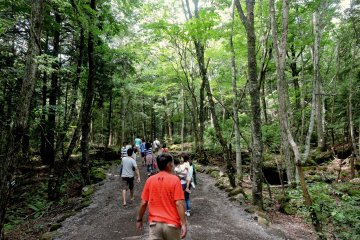
The Landscape of Aokigahara Forest
Cathy CawoodThe Aokigahara Forest landscape is both beautiful and forbidding, and the rough ground beneath the trees still shows the evident of Mount Fuji's violent eruptions.

The Aokigahara Forest is located to the north of Mount Fuji, which grew over the lava bedrock following the volcano's last major eruption in the 9th century. The dense forest is known as the "Sea of Trees" given the quiet and sparse territory found here. A number of caves, like the Narusawa Ice Cave and Fugaku Wind Cave, can also be found here.
Aokigahara Forest has an unfortunate reputation as a destination for those facing struggle — if this describes you, please consider talking to someone. This is not a recommended tourist destination for those seeking macabre delights.
The nearest station is Kawaguchiko Station on the Fuji Kyuko Line (around 2 hours from Tokyo).
From there it is a 30 minute drive west along Route 139 and 71.

The Aokigahara Forest landscape is both beautiful and forbidding, and the rough ground beneath the trees still shows the evident of Mount Fuji's violent eruptions.
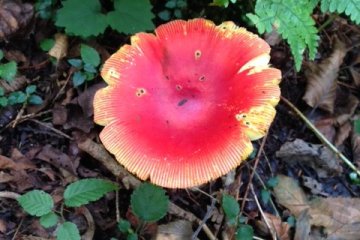

Aokigahara is a forest that lies at the base of Mount Fuji, less than 100 miles west of Tokyo. Locally, it is also known under the name of Jukai ("Sea of Trees") because of its very high density of trees. Outside of Japan it might be better known as "the perfect place to die" or "the suicide forest".

A short day trip to one of the most infamous forests in all of Japan.
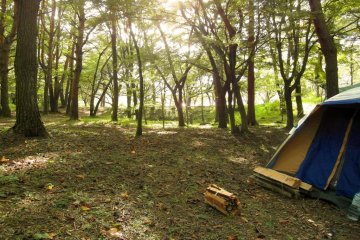
Finally, the quintessential North American-style campground with open, on-ground campfires; lots of trees; a beautiful lake and the fresh mountain air
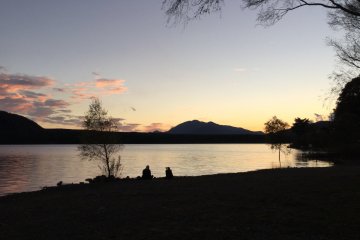
Saiko or Lake Sai is one of the five lakes around Mt. Fuji and is within the borders of the Fuji-Hakone-Izu National Park. All guest rooms face the lake so no matter which room you are given, you will wake up to sweeping views of the Mt. Fuji, the surrounding mountains and the lake.

An easy trip from Kawaguchiko Station, PICA Fujiyama's forest campsite is an easy and unique choice for those looking to rough it...but not too much. Gourmet meals, comfy beds, and a menu of activities that range from yoga and pilates to mountain biking and paddleboarding let each guest relax however they please.

Taking place over the same dates as the iconic Fuji Shibazakura Festival, the Mount Fuji Delicious food festa is a celebration of the culinary delights found in Yamanashi Prefecture.

In the foothills of Fuji, burgers fit for a King - or at least a Prime Minister.

This article tells about a journey to discover sake in Japan, where it has been produced for centuries. It describes the sake production technique at the Fujimasa Brewery distillery in the city of Fujinomiya, near Mount Fuji.
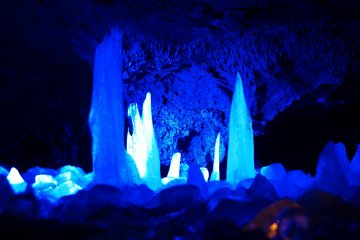
The Narusawa Ice Cave is a lava tube located in the Aokigahara forest, in the part that belongs to Narusawa Village, Yamanashi Prefecture, Japan. It is one of the three larger lava tubes at the northern foot of Mount Fuji, the other two caves being Fugaku Wind Cave and Lake Sai Bat Cave. [Wikipedia]

This is an underground lava cave, in which the temperature pretty much stays around zero degrees throughout the whole year and it is therefore used for storage. While the official name of this particular cave is wind cave (fuketsu - 風穴), I would rather call it an ice cave. In any case it was fascinating, not too cold and there were stalagmites and stalactites everywhere, which you can touch or even lick them if you're close enough.

Fujiten Snow Resort is one of the few places in Japan where you can enjoy mountainboarding in the summer season.